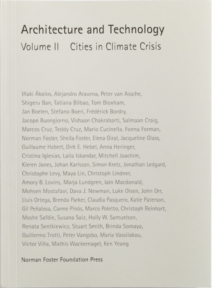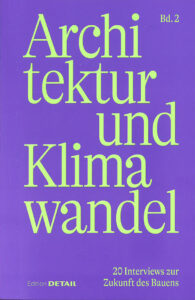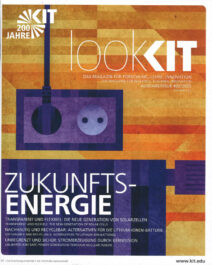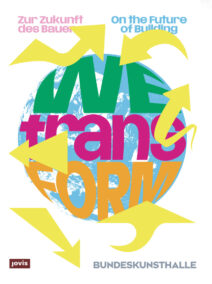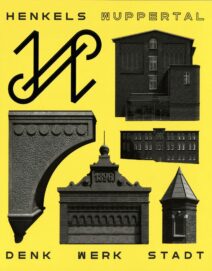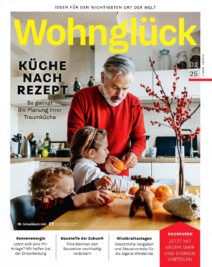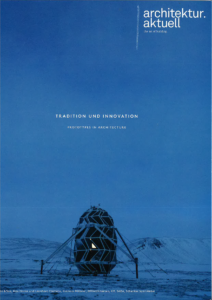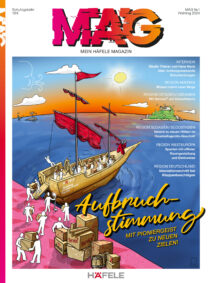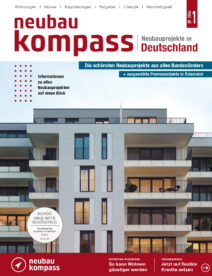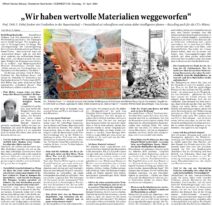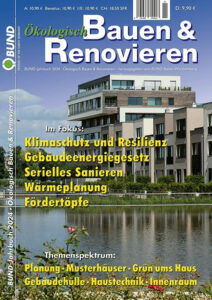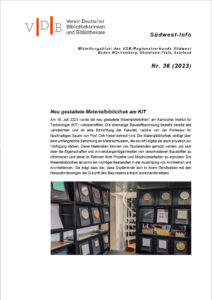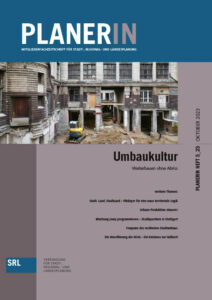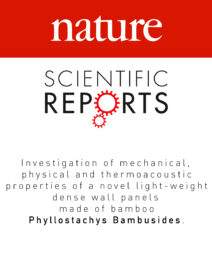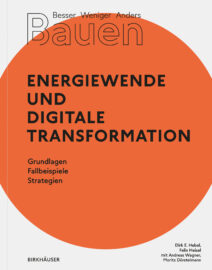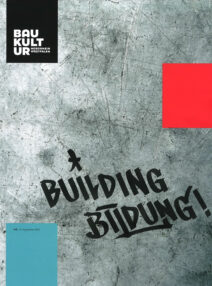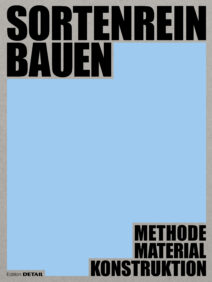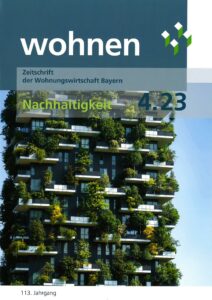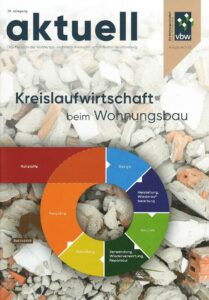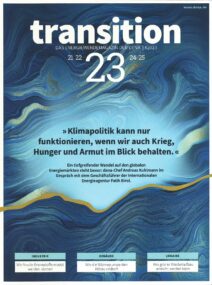Building from Waste

Hebel, Dirk E., Marta H. Wisniewska and Felix Heisel (2015). Building from Waste, Albenaa Magazine 36 / 302 (HVAC R EXPO SAUDI): 48–79.
Waste is a result of any human action and interaction, bringing raw natural materials – understood so far as our sole form of resources – from one stage of being into another, by applying various forms of skills and energy. In this sense, waste was seen for centuries as something specific which neither belonged to the family of natural resources nor to the one of finished products. Waste was a by-product, unable to be categorized in our dialectic understanding of raw vs. configured. But waste could also be understood as an integral part of what we define as a resource. We would thereby acknowledge its capacity to figure as the required substance or matter from which to construct or configure a new product. And at the same time, the product could be seen as the supply source for other artifacts, after its first life span. This metabolic thinking understands our built environment as an interim stage of material storage, or to say it in the words of Mitchell Joachim: “The future city makes no distinction between waste and supply.”
